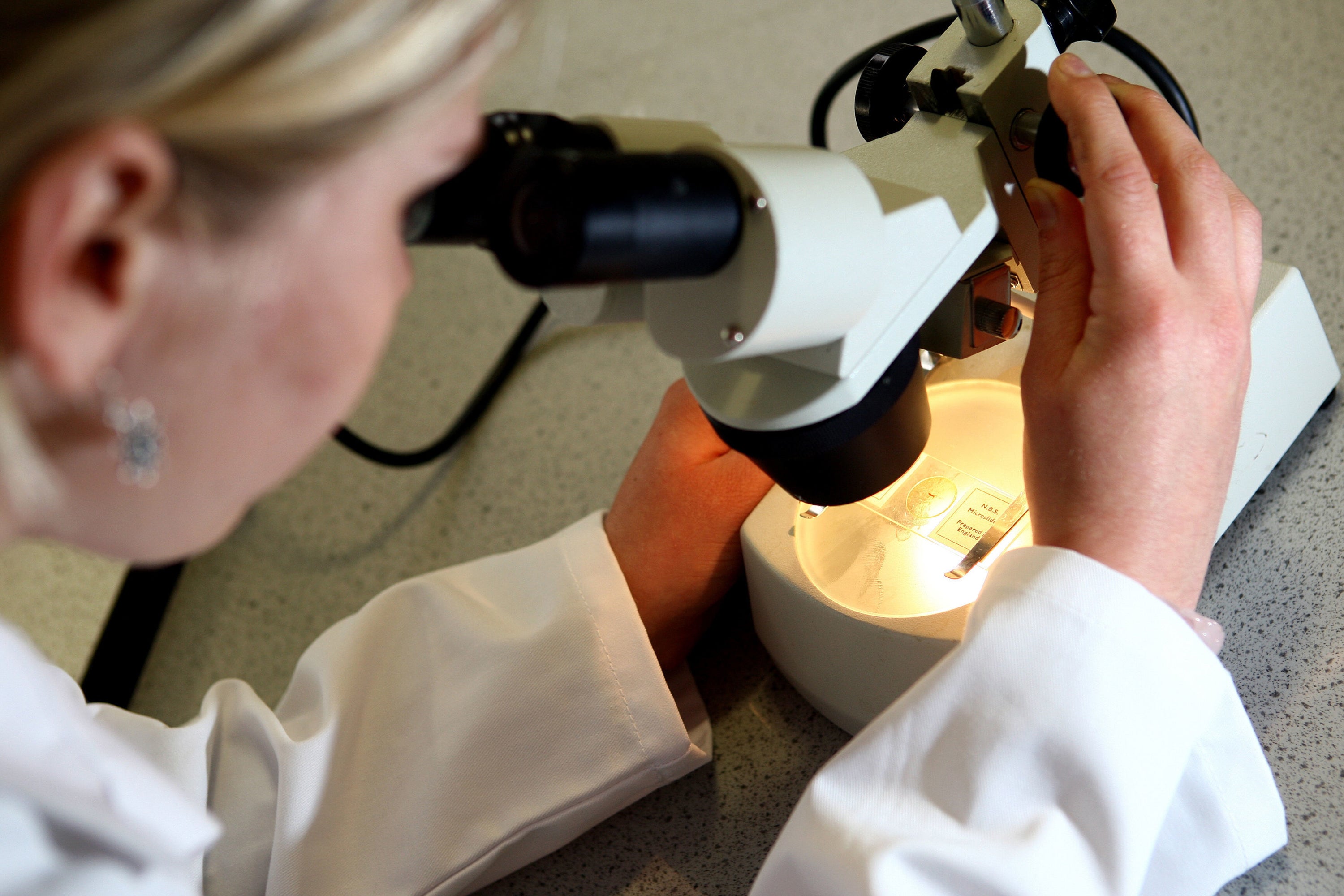Researchers reverse ageing in human cells by 30 years – study
Experts suggest that, while in their early stages, the findings could eventually revolutionise regenerative medicine.

Your support helps us to tell the story
From reproductive rights to climate change to Big Tech, The Independent is on the ground when the story is developing. Whether it's investigating the financials of Elon Musk's pro-Trump PAC or producing our latest documentary, 'The A Word', which shines a light on the American women fighting for reproductive rights, we know how important it is to parse out the facts from the messaging.
At such a critical moment in US history, we need reporters on the ground. Your donation allows us to keep sending journalists to speak to both sides of the story.
The Independent is trusted by Americans across the entire political spectrum. And unlike many other quality news outlets, we choose not to lock Americans out of our reporting and analysis with paywalls. We believe quality journalism should be available to everyone, paid for by those who can afford it.
Your support makes all the difference.Researchers have reversed ageing in human skin cells by 30 years, according to a new study.
Scientists say they have developed a method to time jump human skin cells by three decades – longer than previous reprogramming methods, rewinding the ageing clock without the cells losing their function.
Researchers describe being able to partly restore the function of older cells, as well as renew the biological age.
We have proved that cells can be rejuvenated without losing their function and that rejuvenation looks to restore some function to old cells
According to the study, in experiments that simulated a skin wound, the partially rejuvenated cells showed signs of behaving more like youthful cells.
Experts suggest that, while in their early stages, the findings could eventually revolutionise regenerative medicine, especially if it can be replicated in other cell types.
Professor Wolf Reik, a group leader in the Epigenetics research programme who has recently moved to lead the Altos Labs Cambridge Institute, said: “This work has very exciting implications.
“Eventually, we may be able to identify genes that rejuvenate without reprogramming, and specifically target those to reduce the effects of ageing.
“This approach holds promise for valuable discoveries that could open up an amazing therapeutic horizon.”
Dr Diljeet Gill, a postdoctoral researcher in Prof Reik’s lab at the Babraham Institute who conducted the work as a PhD student, said: “Our results represent a big step forward in our understanding of cell reprogramming.
“We have proved that cells can be rejuvenated without losing their function and that rejuvenation looks to restore some function to old cells.
“The fact that we also saw a reverse of ageing indicators in genes associated with diseases is particularly promising for the future of this work.”
As people age, their cells’ ability to function declines and the genome – DNA blueprint – accumulates marks of ageing.
Regenerative biology aims to repair or replace cells, including old ones.
One of the most important tools in regenerative biology is our ability to create ‘induced’ stem cells.
However, this process essentially wipes the cells of their function and gives them the potential to become any cell type.
The new method, based on the Nobel Prize-winning technique scientists use to make stem cells, overcomes the problem of completely erasing cell identity by stopping reprogramming part of the way through the process.
This allowed researchers to find the precise balance between reprogramming cells, making them biologically younger, while still being able to regain their specialised cell function.
They say the potential applications of this technique are dependent on the cells not only appearing younger but functioning like young cells too.
Experts suggest that, in the future, the research may also open up other therapeutic possibilities.
They observed that their method also had an effect on other genes linked to age-related diseases and symptoms, like the APBA2 gene associated with Alzheimer’s disease, and the MAF gene with a role in the development of cataracts.
The research is published in the journal eLife.